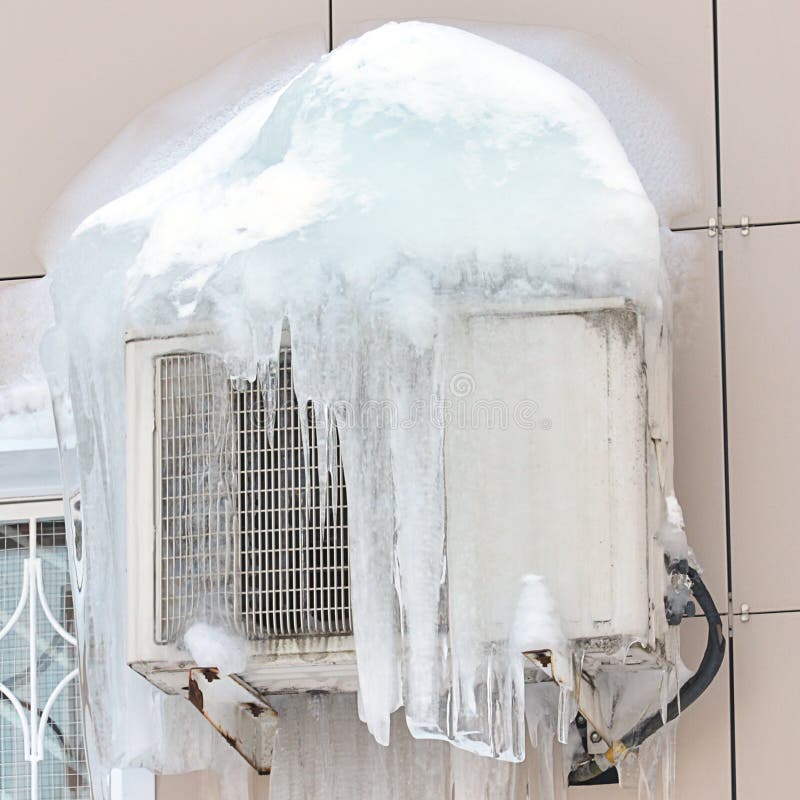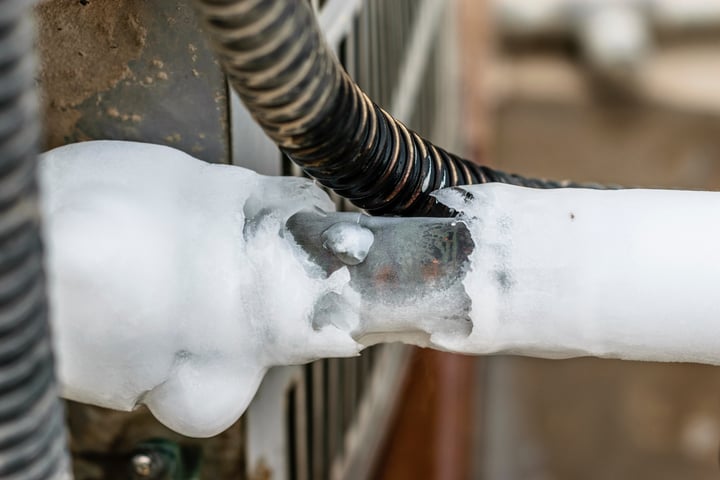Identifying a Frozen AC Pipe - Efficient Fixes for House Air Conditioning Systems
Identifying a Frozen AC Pipe - Efficient Fixes for House Air Conditioning Systems
Blog Article
Just how do you actually feel about Air Conditioner Frozen? How To Fix your Frozen AC Line?

Introduction
Discovering that your a/c pipeline is iced up can be worrying, specifically during warm summertime when you rely on your a/c unit one of the most. Comprehending what to do in such a scenario is important to prevent more damages to your air conditioning system and guarantee your comfort inside your home.
Recognizing the Causes
A number of variables can contribute to the cold of an a/c pipeline. Comprehending these reasons can help you deal with the concern successfully.
Absence of Airflow
One usual root cause of an icy air conditioner pipeline is inadequate air flow. When the airflow over the evaporator coil is limited, it can create the coil to drop below freezing temperature level, leading to ice development on the pipe.
Reduced Refrigerant Levels
Not enough cooling agent levels in your AC system can additionally cause a frozen pipe. Low refrigerant levels can trigger the pressure in the system to drop, resulting in the freezing of moisture on the evaporator coil.
Winter Conditions
In cooler climates, freezing temperatures outside can contribute to the cold of AC pipelines. If your a/c unit is not effectively protected or if there are leakages in the ductwork, chilly air can penetrate the system, causing the pipeline to freeze.
Dirty Air Filters
Unclean or stopped up air filters can restrict air flow in your a/c system, causing various concerns, including an icy pipeline. It's essential to change or clean your air filters routinely to guarantee proper air movement and avoid ice build-up.
Indications of a Frozen Air Conditioning Pipe
Acknowledging the indications of a frozen AC pipe is vital for punctual activity.
Decreased Airflow
If you notice a considerable decline in air movement from your vents, it could indicate a frozen pipe.
Ice Buildup on the Pipe
Visible ice buildup on the cooling agent line or the evaporator coil is a clear sign of an icy a/c pipeline.
Strange Sounds from the Unit
Uncommon audios, such as hissing or bubbling, coming from your air conditioning system can signify that there's ice present on the pipe.
Immediate Actions to Take
When faced with an icy a/c pipe, it's necessary to act rapidly to avoid further damages to your cooling system.
Switching off the AC
The initial step is to shut off your a/c to prevent the system from running and aggravating the problem.
Checking for Blockages
Evaluate the location around the indoor device for any kind of obstructions that might be obstructing air movement, such as furnishings or drapes.
Defrosting the Pipe
You can make use of gentle techniques like positioning towels soaked in warm water around the frozen pipeline to aid thaw it gradually.
Preventive Measures
Taking preventive measures can assist stay clear of future incidents of a frozen AC pipeline.
Routine Maintenance Checks
Arrange regular maintenance get in touch with a professional HVAC service technician to make sure that your AC system is running effectively.
Changing Air Filters
Consistently change or cleanse your air filters to stop air movement limitations and maintain ideal performance.
Protecting Exposed Pipes
If your a/c pipes are exposed to chilly temperature levels, think about shielding them to prevent cold throughout cold weather.
Looking For Professional Help
If DIY techniques fail to resolve the problem or if you're unclear regarding just how to continue, it's best to look for aid from a qualified HVAC professional.
When DIY Methods Fail
If your efforts to thaw the pipe or address other issues are not successful, it's time to employ an expert.
Relevance of Hiring a Professional HVAC Technician
A certified HVAC technician has the know-how and tools required to diagnose and fix problems with your air conditioner system securely and effectively.
Conclusion
Managing an icy air conditioning pipeline can be an irritating experience, however recognizing just how to react can aid minimize damage and restore comfort to your home. By understanding the reasons, recognizing the indicators, and taking prompt activity, you can efficiently address the problem and stop future occurrences.
Frozen AC Line: Why It Happens & What To Do About It
A frozen AC line can be a rather peculiar sight in a place like Phoenix, Arizona where nothing ever freezes. In this post, we’ll discuss what makes an air conditioner line frozen – and what you can do about it.
Dirty Air Filters
Did you know that you should be cleaning or replacing your air filters on a monthly basis? Failing to do this can result in airflow issues that, in turn, cause your evaporator coils and lines to freeze over. You’ll notice a buildup of ice on both components, although the buildup on your pipes will, of course, be more evident unless you open your air condition up to reveal the coils.
What To Do About It
Give your air filter a good cleaning if it’s reusable. If not, replace the filter outright. Next, switch your air conditioner’s fan setting on and leave it there for 2-3 hours. This will draw warm air in, helping to thaw your evaporator coil. You can also check out this article for some tips on cleaning the coils themselves if you’d like to speed the process up. Before you switch the unit back to its normal state, make sure the supply vents are completely unobstructed and free of dust or other debris.
If you keep having this issue even after replacing your filters regularly, contact a local HVAC repair company and have them inspect your evaporator coil, ductwork, and any other components that may be at fault. If you live in the Phoenix, Arizona area, give American Home Water and Air a call.
Low Refrigerant Levels/Leakage
What To Do About It
Contrary to what air conditioner “recharge” companies often tell their clients about refrigerant, it should never need to be simply refilled. You see, refrigerant runs in what experts refer to as a “closed loop.” Refrigerant really shouldn’t be leaving that loop. If it is, you’ve got a leak.
Paying someone to come and pump more refrigerant into your system (aka “recharge” it) isn’t the solution. Doing that will simply kick the can down the road. Besides, refrigerant leaks can be harmful to the environment and people in your home.
Rather, you need to take care of the leak with the help of a technician. Check out this article for some more information about dealing with air conditioners that are leaking refrigerant. Before you contact a technician, switch your thermostat to the off position. Then, switch the fan setting on and let it run for 2-3 hours so the unit can thaw.
Improper Temperature Setting
Improper temperature settings can also cause a drop in your air conditioner’s pressure. What many people don’t realize is that air conditioners are actually designed to run when temperatures have fallen above roughly 60 degrees Fahrenheit. If you run the unit when it’s cold outside, you’ll run into many issues, including frozen components.

Do you appreciate reading up on What Do I Do If My AC Pipe Is Frozen? Post feedback down below. We'd be delighted to know your reactions about this blog posting. Hoping that you come back again later on. Do you know another individual who is fascinated by the subject? Take a moment to share it. Thanks for your time. Don't hesitate to check our site back soon.
Source Report this page